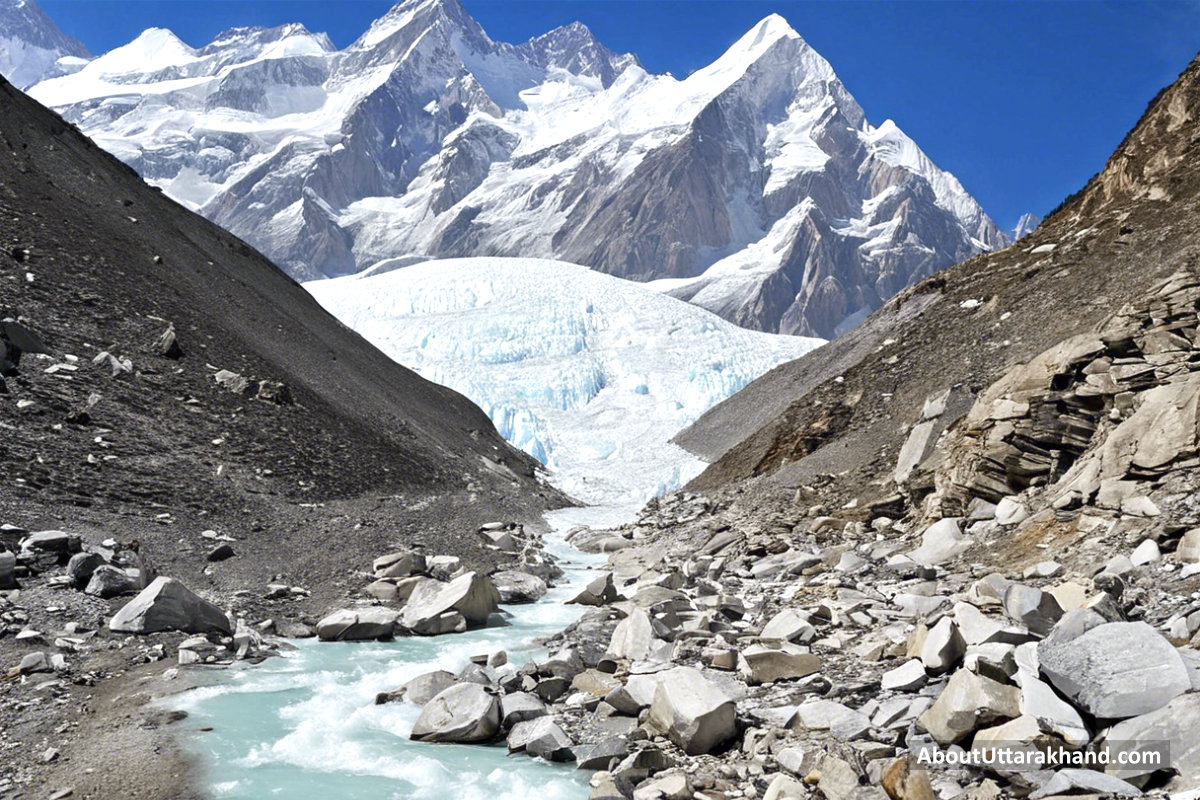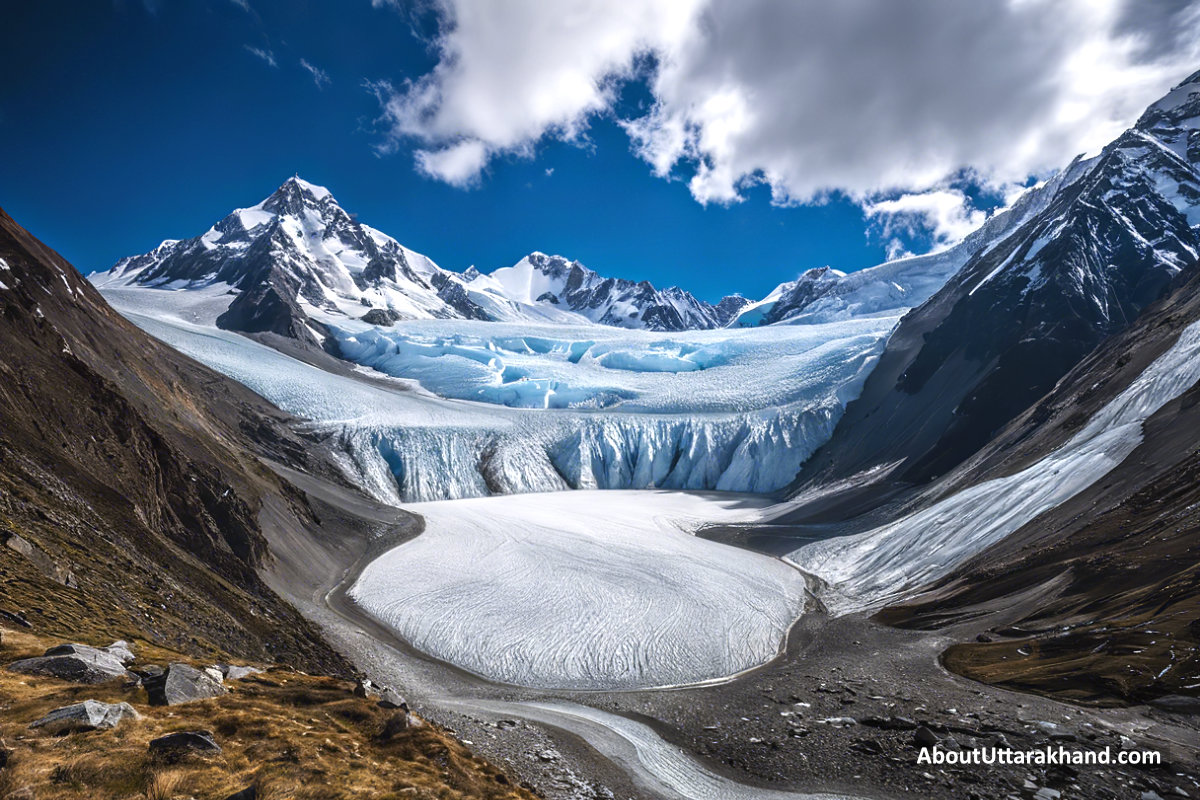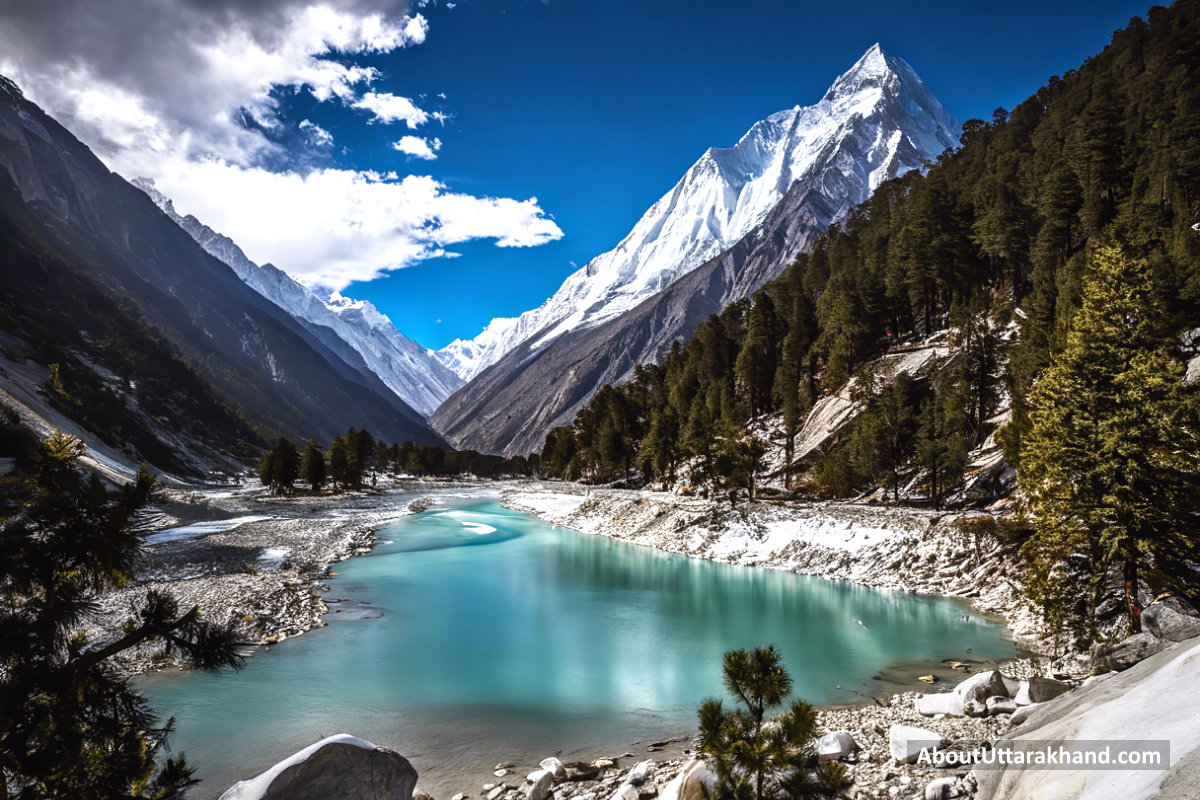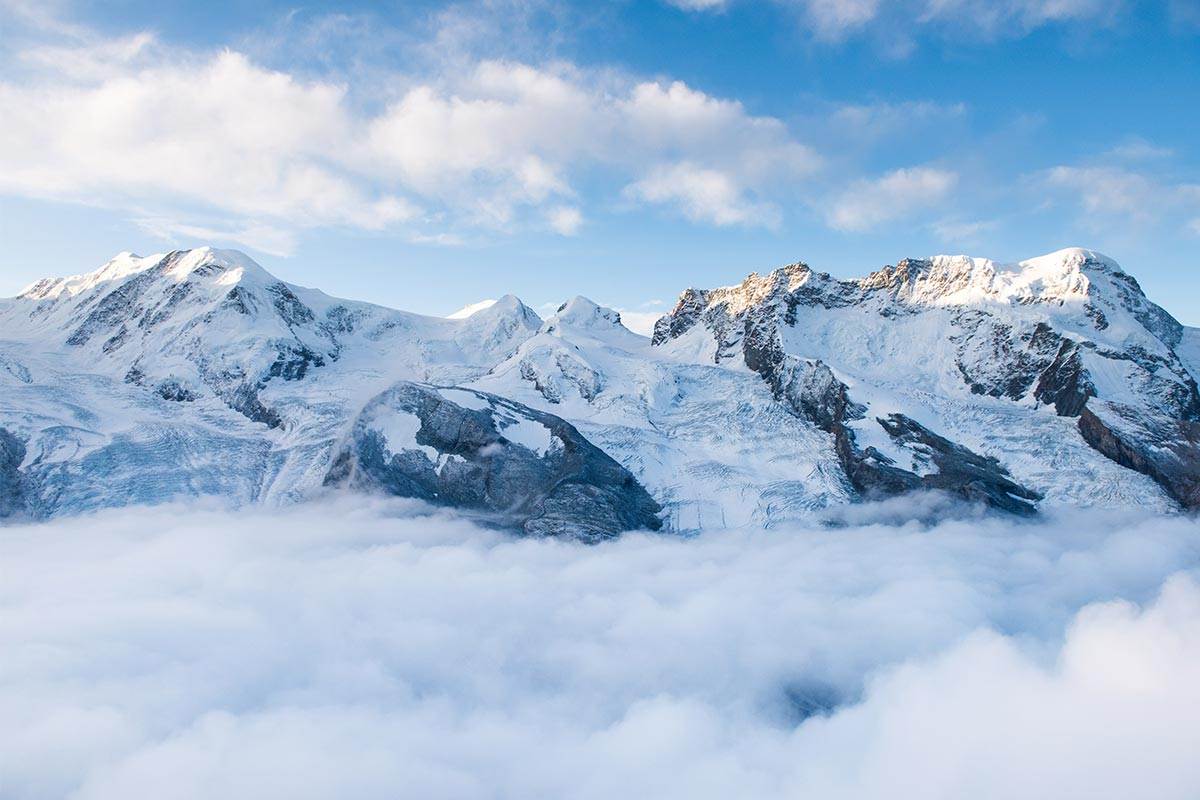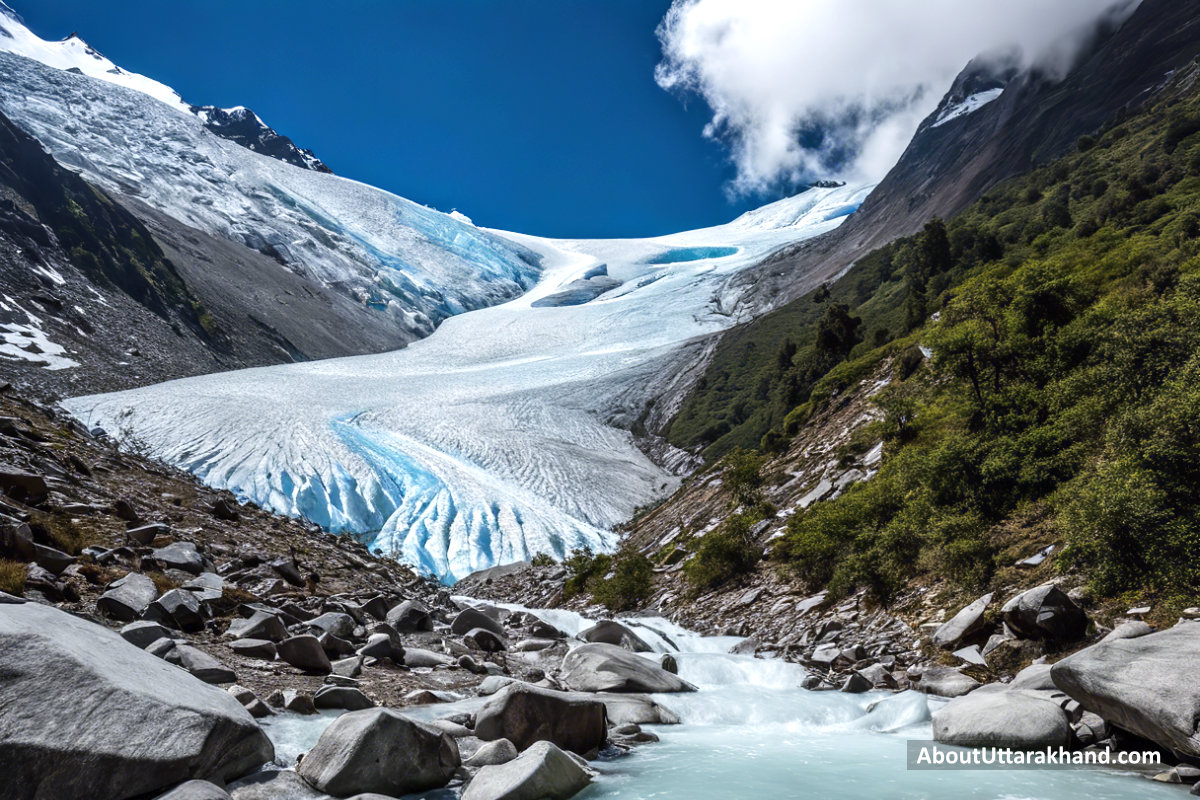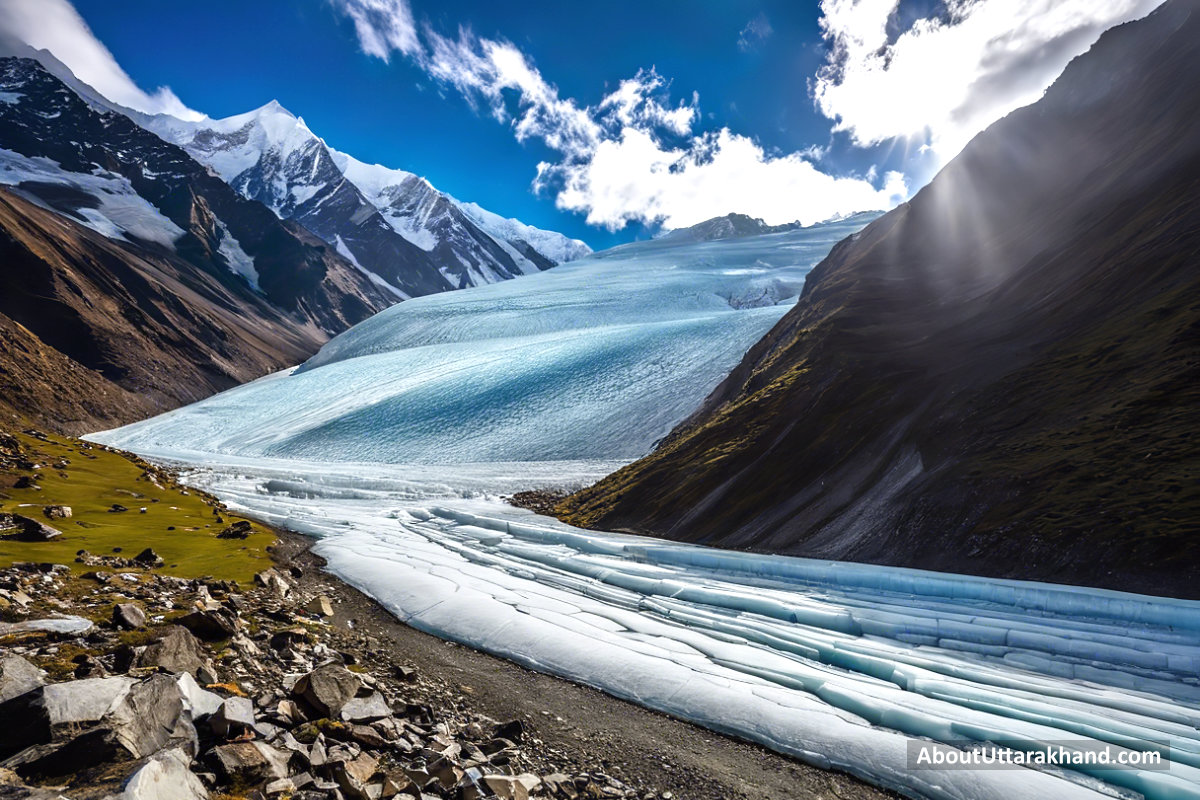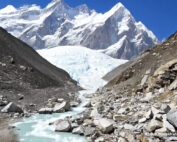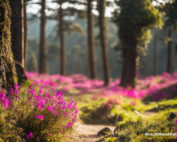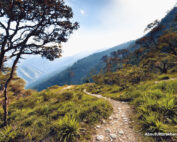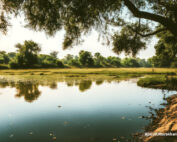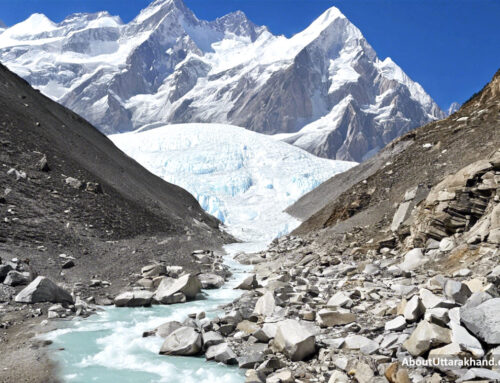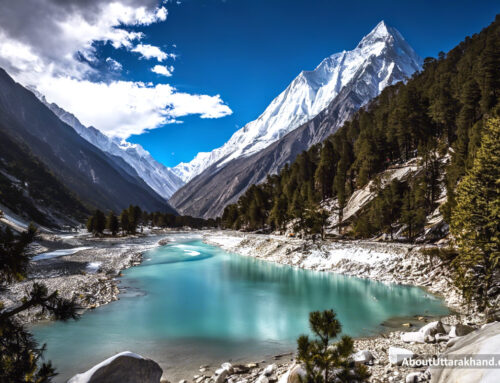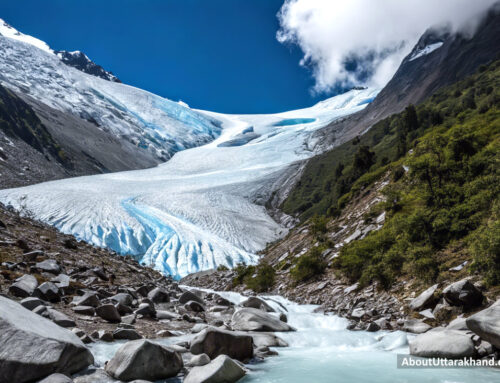15 Advice For Glacier Exploration
We’ve put up a collection of helpful hints in our post “15 Advice For Glacier Exploration” to make your trip more enjoyable. If you’re planning your first trip to a glacier, keep these things in mind. Those who have gone to the glacier before might use this as a reminder of the essentials. It may be difficult to obtain replacements for forgotten products in the local store, which might make your voyage with these glaciers unpleasant.
It is important to make sure you have the necessary professional equipment before visiting a glacier, since it may not be easily accessible. Sometimes familiar tools inspire more confidence than new ones do. The new gear, even if it’s the same manufacturer, isn’t always a comfortable fit.
Table Of Contents
- 15 Advice For Glacier Exploration
- #01 – Carry First Aid Kit
- #02 – Carry Warm Clothes
- #03 – Wear Vibrant Jacket
- #04 – Use Hiking Boots
- #05 – Carry Energy Drink
- #06 – Keep Electronic Gadgets
- #07 – Use Helmet And Harness
- #08 – Use Map And Compass
- #09 – Check Weather Forecast
- #10 – Check Permission
- #11 – Prepare Yourself
- #12 – Inform Your Family
- #13 – Take Break In Between
- #14 – Respect Wildlife
- #15 – Respect Tradition
[wbcr_php_snippet id=”7658″]
#01 – Carry First Aid Kit
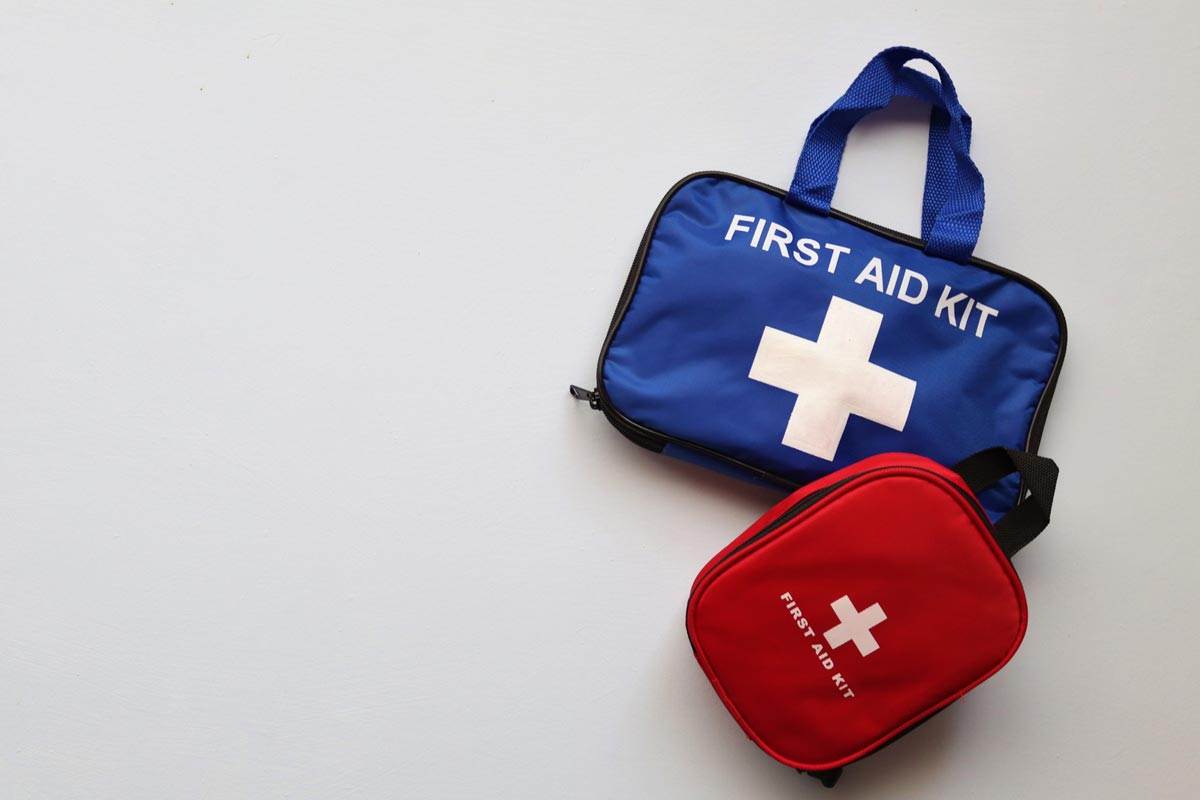
Photo Credit: Roger Brown on Pexels
A well-stocked first aid bag is an important part of being both excited and prepared for an adventure on a glacier. The unpredictable nature of glacial settings necessitates a proactive attitude towards safety. A first aid kit gives you the means to quickly respond to minor injuries like cuts and scrapes.
Frostbite and hypothermia are also more likely to occur when exposed to the low temperatures that are common around glaciers. Protect yourself from the cold with thermal blankets and hand warmers, both of which may be found in a well-stocked first aid bag.
Due to the high altitudes often encountered when exploring glaciers, altitude sickness is another factor to think about. Include remedies for altitude sickness in your pack to make the trip more comfortable.
Tools like whistles, signal mirrors, and flashlights included in a first aid box are very helpful in emergency circumstances since they allow for easier communication and navigation.
Ultimately, having a first aid kit with you is a show that you care about your own safety and well-being when out on an adventure. It’s a sensible measure that will let you experience the beauty of glaciers in a safe and secure manner.
#02 – Carry Warm Clothes

Photo Credit: Kelly Sikkema on Unsplash
Glaciers are fascinating to see, but be prepared for the biting cold that comes with exploring their ice landscapes. It’s crucial that you bring along some warm clothing. The climate and weather in glacier habitats are notoriously severe and unpredictable. Insulated coats, thermal undergarments, gloves, and sturdy shoes are more than simply clothing; they are an essential barrier against the cold.
Wearing warm clothing is important for more than simply your comfort. In such conditions, frostbite and hypothermia are very serious dangers. The right clothes work as a shield, letting you enjoy yourself without worrying about any harm coming to you.
Exploring glaciers also often requires navigating frigid, unforgiving landscapes. The correct clothes will keep you warm and mobile, allowing you to fully take in the breathtaking scenery of glaciers without any interruptions.
#03 – Wear Vibrant Jacket

Photo Credit: Kampus Production on Pexels
Wearing a bright jacket while venturing out to see the majestic world of glaciers is more than simply a style choice; it’s a tactical one as well. The bright color not only stands out more against the white background, but it also serves a practical purpose.
Even on mild days, the temperature in a glacier setting may be shockingly low. You’ll stand out less in the snow and ice if you’re wearing a brightly colored jacket, and it’ll keep you warmer, too. In times of need, its bright hue might be invaluable by helping rescuers see you in a crowd.
In addition, a colorful jacket may improve the quality of the experience as a whole. It adds a splash of life and character to your journey over the ice by illuminating the otherwise lifeless landscape. As you explore the ice landscapes and marvel at the frozen treasures, your bright jacket will become a sign of your sense of adventure and readiness.
#04 – Use Hiking Boots
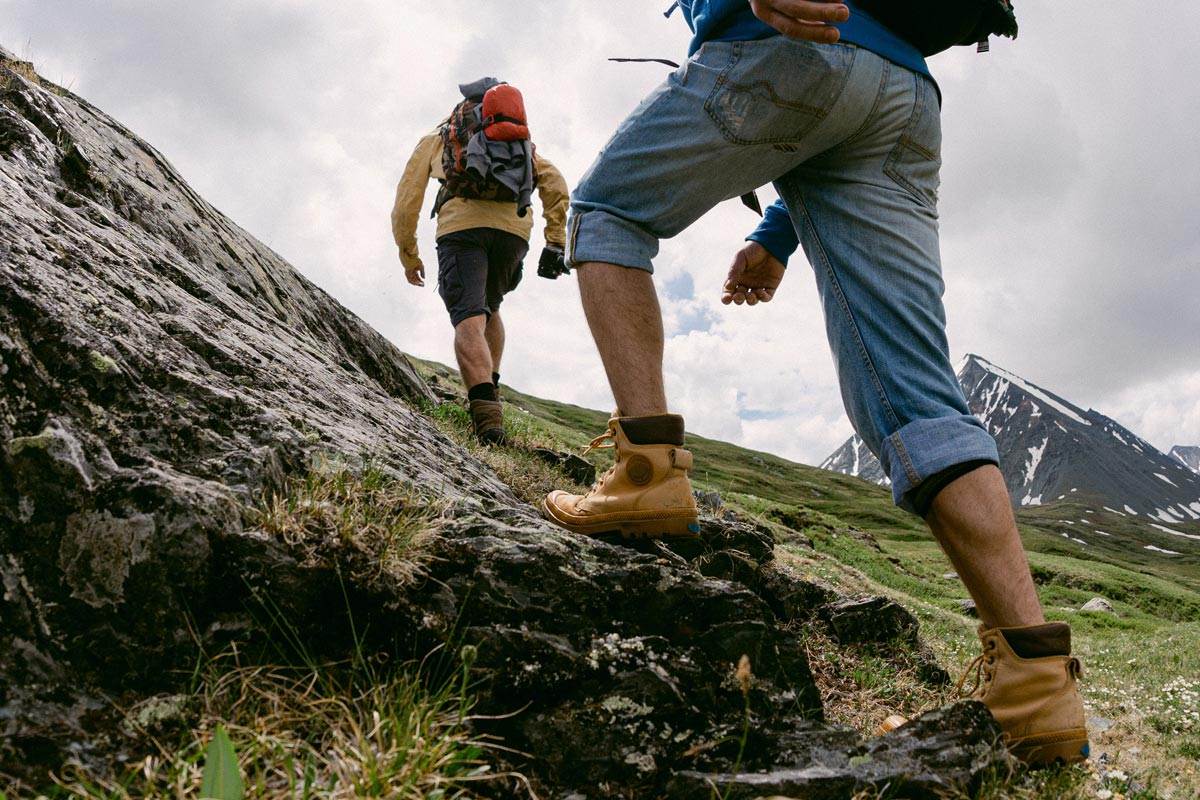
Photo Credit: Kirill Lazarev on Pexels
A pair of sturdy hiking boots is not simply a suggestion before setting out on the thrilling adventure of glacier exploration; they are a need. Shoes that can handle the ice and rocks of glaciers are a must for traversing their terrain.
In order to maintain balance on icy and rough terrain, hiking boots give the ankle support and traction necessary. These boots are built to last in the tough conditions of a glacier environment thanks to their sturdy design.
Hiking boots add to the enjoyment of the activity beyond just making it safer. They insulate your feet from the cold and keep your feet warm, making lengthy hikes more bearable so you can concentrate on the breathtaking surroundings rather than your feet.
Furthermore, glacier treks sometimes include traveling through terrain with varying degrees of snow and rock. Hiking boots are made for these varying terrains, so you may go forth with confidence.
#05 – Carry Energy Drink

Photo Credit: Any Lane on Pexels
Don’t forget to bring a bottle of energy drink the next time you go on a glacier adventure. While the high altitude and challenging terrain of glacier landscapes may be thrilling, it can also swiftly exhaust your energy reserves due to the crisp, stimulating air. When you need to replace electrolytes and increase stamina quickly, an energy drink is a powerful ally.
Exploring glaciers requires stamina, and staying healthy is crucial to having a good day and getting home safely. An energy drink may deliver a concentrated dose of refreshment, helping you to hike over snow and glaciers without losing your edge. It’s not just a drink; it’s a tactical aid that lets you experience the wonders of glacial landscape to the fullest. Bringing along a bottle of energy drink will give you the boost you need to overcome obstacles and enjoy every second of your glacier hike.
#06 – Keep Electronic Gadgets
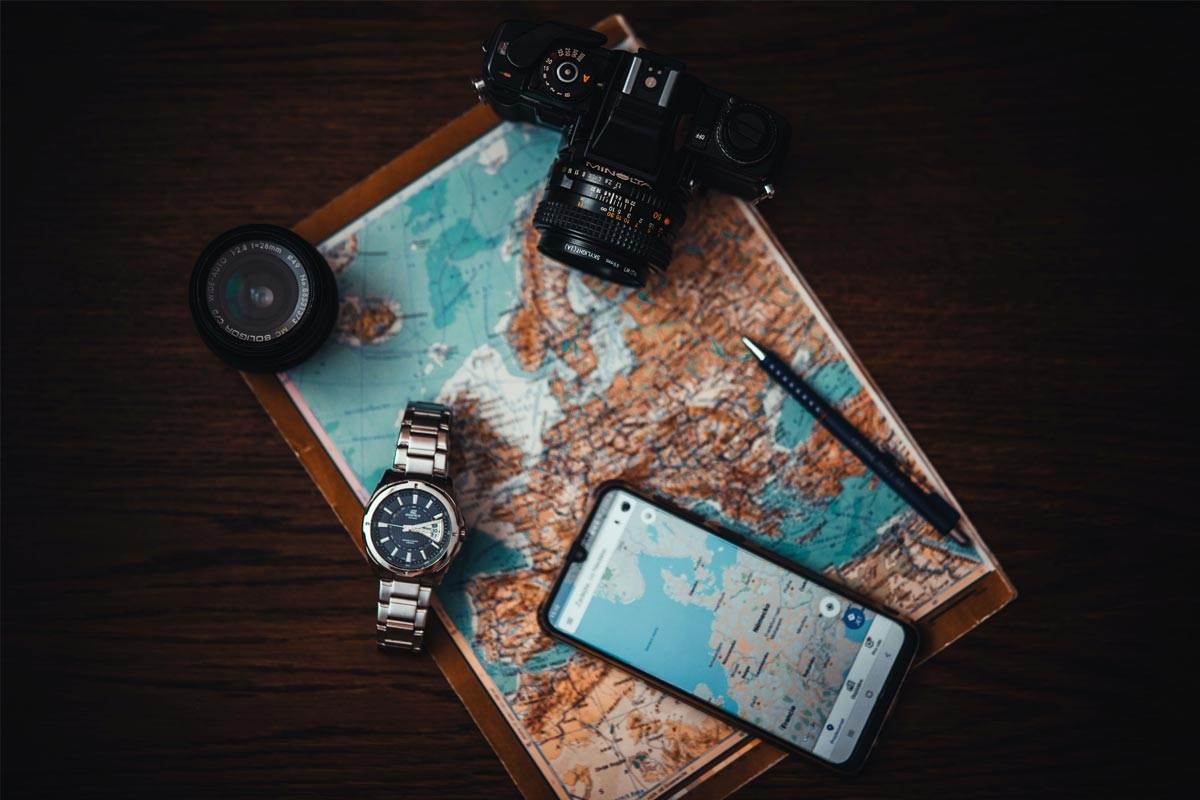
Photo Credit: Vojta Kovařík on Pexels
The savvy tourist learns to keep electronics under check before venturing onto a glacier. Glacier locations create particular problems for these instruments, notwithstanding the draw of photographing the stunning glacial vistas.
Electronic devices are vulnerable to the damaging effects of extreme cold and wetness. Extreme care must be used due to the varying temperatures and the possibility of being exposed to water or snow.
Consider purchasing covers or waterproof coverings for the devices you deem most important. It’s tempting to capture every moment on camera, but don’t forget to soak in the sights and sounds of your surroundings.
Additionally, glacial locations may be too far away from recharge stations. Having to rely only on technology for things like navigation and communication might put you in a sticky situation.
#07 – Use Helmet And Harness

Photo Credit: Rachel Claire on Pexels
Using a helmet and harness is not optional while venturing out on the exciting adventure that is glacier exploring. The ice crevasses and unpredictability of glacial terrains need meticulous planning.
A helmet is essential for protecting one’s head from possible harm caused by falling objects. It keeps you secure from dangers and boosts your self-assurance while you travel across treacherous snowy terrain.
A harness, which provides a safe point of connection, is also crucial. A harness offers stability and the capacity to halt falls while navigating the steep inclines and crevasses that are common in glacier conditions.
With a helmet and harness, you may confidently explore glaciers without worrying about your safety. They let you relax and enjoy the breathtaking environment and one-of-a-kind experiences without worrying about potential dangers.
#08 – Use Map And Compass

Photo Credit: Baihaki Hine on Pexels
The use of a map and compass is essential when setting out on the fascinating adventure of glacier exploration. The vastness of glacier landscapes and the instability of their weather may make navigating difficult, necessitating sturdy equipment.
Having a graphic representation of the glacier’s layout is helpful for learning about its characteristics and possible dangers. It may help you get your bearings and plan out your travels for a more secure and productive expedition.
These items, in conjunction with a compass, will serve as your primary means of navigation as you make your way through the complex icescapes. The compass is useful for keeping your bearings and figuring out which direction is ideal.
While smartphones and other digital devices have their uses, nothing beats the analog dependability of a good old-fashioned paper map and trusty compass when there are problems with the electronics.
#09 – Check Weather Forecast
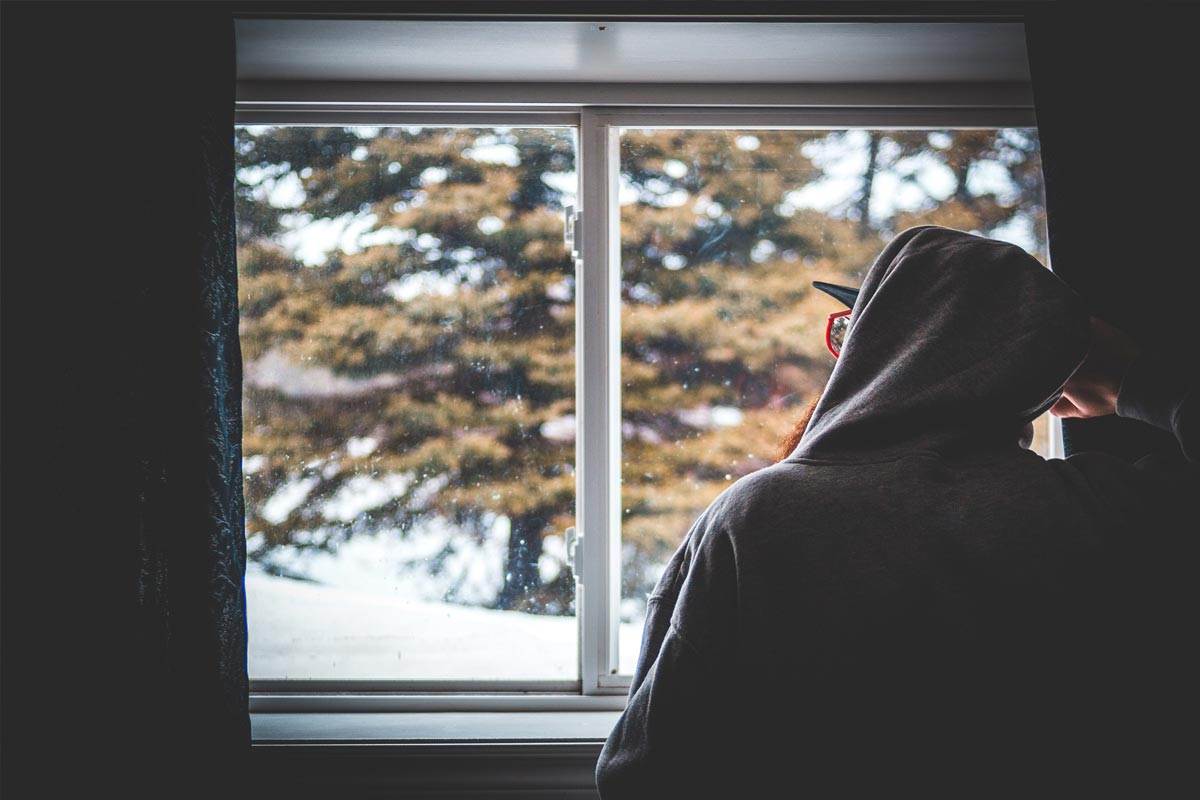
Photo Credit: Erik Mclean on Pexels
It’s wise and necessary to check the weather forecast before setting out on the exciting adventure of glacier exploration. The quick and unexpected changes in weather in glacier habitats might have serious consequences for your well-being.
Temperature swings, wind directions, and impending storms are just some of the details that may be gleaned from a detailed weather prediction. With this knowledge, you can choose the right clothes, gear, and time of year for your excursion.
Keeping tabs on the weather will allow you to adjust your plans and routes to account for any changes Mother Nature may bring. Knowing what to expect from the weather will help you enjoy the glacier landscapes safely and reduce the likelihood that you will encounter any unpleasant surprises.
#10 – Check Permission

Photo Credit: Alexander Suhorucov on Pexels
Permissions should be verified before setting out on the incredible journey of glacier exploration. In order to safeguard these delicate ecosystems and for your own safety, it is necessary to get the appropriate permits before venturing into many glacier zones.
Permissions checking entails familiarity with any rules, guidelines, or admission criteria imposed by the park administration or local authorities. This will help you comply with responsible tourism principles while also ensuring that you have the legal permission to explore the glacier.
By securing the proper authorizations, you help preserve these unique ecosystems by showing appreciation for their natural splendor and reducing the negative effects of human activity. Furthermore, doing so indicates your dedication to responsible and ethical travel.
#11 – Prepare Yourself

Photo Credit: Imani Bahati on Unsplash
The key to a successful and risk-free glacier trek is meticulous preparation. The special difficulties and perils of a glacial setting call for extra caution and forethought.
Glacier research generally includes negotiating slippery, unforgiving terrain, thus good physical condition is a must. Injury risk may be reduced by making sure your body is up to the work via exercise and conditioning.
The state of mind is just as crucial. Isolated and difficult, life on a glacier calls for fortitude and flexibility. Having a strong mental fortitude and an optimistic outlook can help you deal with the unexpected and enjoy the journey more.
Learning as much as possible about the characteristics, weather patterns, and potential dangers of the glacier you want to visit is essential. With this information in hand, you can travel with ease, bring along just necessary supplies, and pack light.
#12 – Inform Your Family

Photo Credit: Vlada Karpovich on Pexels
It is important to let loved ones know about your upcoming glacier adventure. Their calm and your security depend on your ability to communicate clearly with them. Telling them the length of your vacation, which glacier you want to see, and where you plan to go can make them feel more engaged and informed.
Your loved ones will know how to contact you and how to help in case of an emergency. This communication is particularly important in isolating glacial situations, where there may be few other options.
Sharing your planned date of return and emergency contact details with authorities allows them to prepare for any potential emergencies ahead of time. It’s the right thing to do if you care about responsible exploration.
#13 – Take Break In Between

Photo Credit: pexels-beingthetraveller-2730218
It’s easy to lose sight of the need to rest your body and mind among the breathtaking scenery of glacier exploration. Being in a glacier setting, although beautiful, may be strenuous on the body. Maintaining a steady pace and giving yourself time to relax are crucial to your well-being and happiness.
When traversing difficult terrains and environments, taking pauses allows your body to recover. It lessens the chances of injury and fatigue.
In addition to giving you time to catch your breath, these breaks let you take in the spectacular scenery and let the enormity of the glaciers sink in. It’s an opportunity to take in the beauty of the scenery, the tranquility of the ice formations, and the harmony of the natural world.
In addition to allowing you to readjust your attire, feed, and rehydrate, breaks also provide an opportunity to rest. Exploring glaciers is a physically demanding endeavor, so making sure you’re in good shape will help you make the most of your time there.
#14 – Respect Wildlife

Photo Credit: Annika Thierfeld on Pexels
It is essential to provide the species that lives in glacier habitats the utmost respect while experiencing their pure beauty. Glacial landscapes are fragile ecosystems that are home to many unique species that have adapted to life in the icy cold.
When dealing with wild animals, it is important to keep your distance and not approach them. By keeping a safe distance, their normal activities may be seen without interruption.
Do not risk the health of wild animals by encouraging them to become dependent on human food and disturb their natural foraging habits.
Additionally, utilize binoculars or a camera’s zoom lens to go up close for discreet views.
Following proper procedures while observing animals may help protect vital ecosystems. Your activities show a dedication to responsible exploration by letting glacier ecosystems thrive without interference from you while you enjoy the opportunity of visiting them.
#15 – Respect Tradition
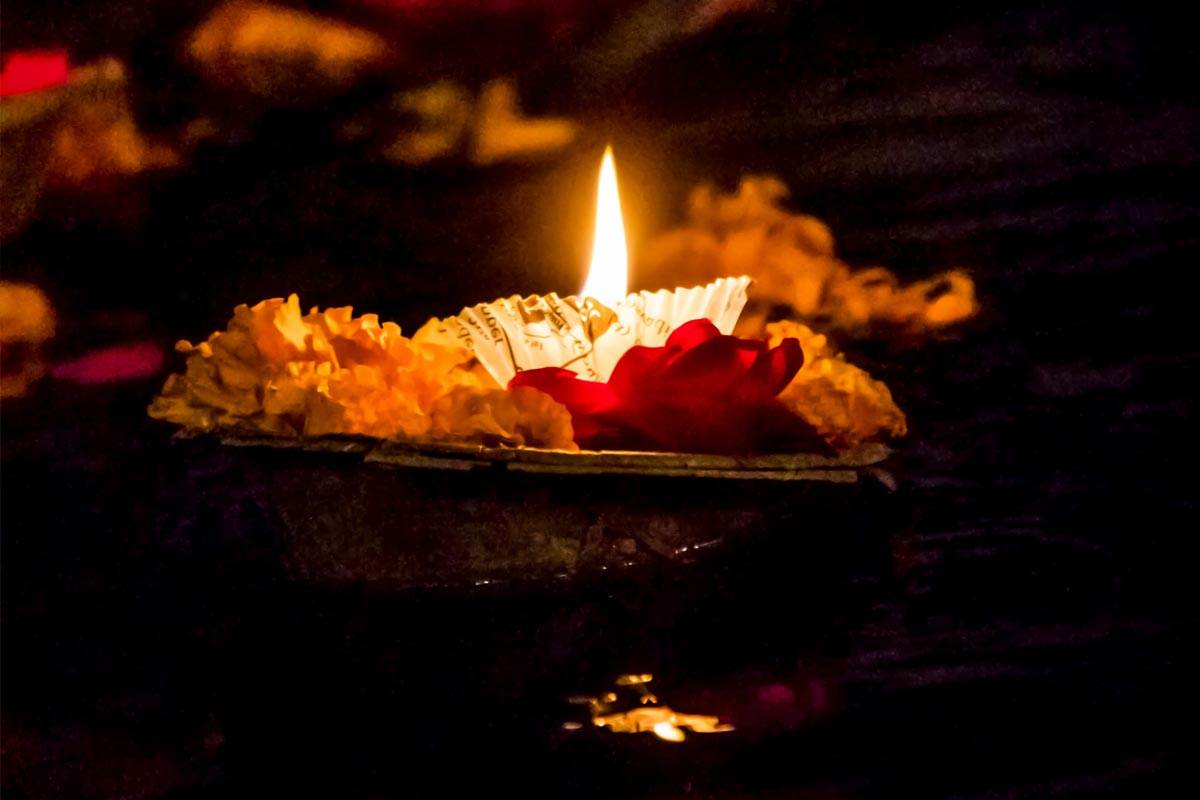
Photo Credit: Being.the.traveller on Pexels
It is imperative that you bring with you a profound respect for the traditions linked with these pristine environments as you journey into the fascinating world of glacier research. For many native peoples and locals, glaciers have a deep spiritual and cultural significance.
In order to show proper reverence for these natural marvels, one must be familiar with and uphold the beliefs, rituals, and traditions that have developed in tandem with them. To do so requires a sense of awe and respect for the rich tapestry of history and culture through which you are passing.
Understanding the cultural significance of glaciers will enhance your trip and help you develop a better respect for the area. That way, you know your investigation is in line with the beliefs of the people who have cared for these areas for decades or centuries.
If you want to be more than a bystander to a common history, embrace and appreciate tradition. Because of your dedication to cultural sensitivity and careful research, we may now marvel at glaciers while still respecting the traditions of the people who have long guarded them.
Posts Related To Glaciers
Glaciers in Uttarakhand are some of the most impressive in the world. The holy Gaumukh at the base of the Gangotri Glacier is a symbol of spirituality and purity. The Pindari Glacier is accessible after a journey through picturesque landscapes and quaint settlements. If you go to Munsiyari, you may reach the Milam Glacier, which is enchanting with its alpine meadows and views of the Himalayas. The rivers, landscapes, and history they maintain are all because of these glaciers, which are natural wonders in their own right. They melt out from their ice confines in Uttarakhand, beckoning adventurers and illuminating how culture and spirituality can coexist with nature in perfect harmony.

Belle Fable, keeps your trend ahead!
Gaumukh Glacier
The stunning Gaumukh Glacier, in the Uttarkashi region of Uttarakhand, India, is situated close to Gangotri and framed by the towering Garhwal Himalayas. Glaciers like this one attract tourists, hikers, and nature lovers from all over the globe because of the deep religious significance they have for Hindus as the headwaters of the holy Ganges River. The ascent to Gaumukh is an adventure in body and spirit, providing an opportunity to commune with the holy and the natural world.
Nandhaur Wildlife Sanctuary
The Nandhaur Wildlife Sanctuary is a haven for wildlife and stunning scenery, set in the tranquil hills of Uttarakhand. This sanctuary, in the Nainital District close to Haldwani, is a paradise for people who appreciate nature and animals. Its varied habitats, which include grasslands, ponds, and thick forests, have earned it recognition across its 269 square kilometers of territory.
Sonanadi Wildlife Sanctuary
The Sonanadi Wildlife Sanctuary invites animal lovers and nature lovers to come and enjoy the quiet beauty of Uttarakhand's serene surroundings. Hidden in the Nainital District, not far from Nainital, lies a refuge that begs to be discovered. Its varied wildlife and flora make this area, which covers around 301.18 square kilometers, a popular destination for ecotourists and those interested in biodiversity.
Binsar Wildlife Sanctuary
The Binsar Wildlife Sanctuary is a haven for wildlife and a monument to Uttarakhand's rich biodiversity, is situated in the picturesque Kumaon Himalayas. Nature lovers and wildlife aficionados will find this refuge, situated near Almora in the Almora District, to be a paradise. Covering about 47.04 square kilometers, it is famous for its verdant forests, varied fauna, and breathtaking views of the Himalayan mountains in the distance.
Tawaghat Wildlife Sanctuary
The Tawaghat Wildlife Sanctuary is a haven for adventurers and ecotourists, tucked away in the foothills of the towering Himalayas. This hidden gem of a sanctuary is located near Dharchula in Uttarakhand's Pithoragarh District. Despite its relatively tiny size (around 70 square km), this animal sanctuary is just as magical as any other.
Chilla Wildlife Sanctuary
.The Chilla Wildlife Sanctuary, located on the banks of the pure Ganges River, is a living monument to the beauty and variety of Uttarakhand's natural landscape. This sanctuary is a paradise for anyone who love nature and wildlife; it is located in the Pauri Garhwal District, close to Rishikesh. Covering over 249 square kilometers, it is a major wildlife sanctuary in the state that provides a peaceful haven amidst the majestic Himalayas.



